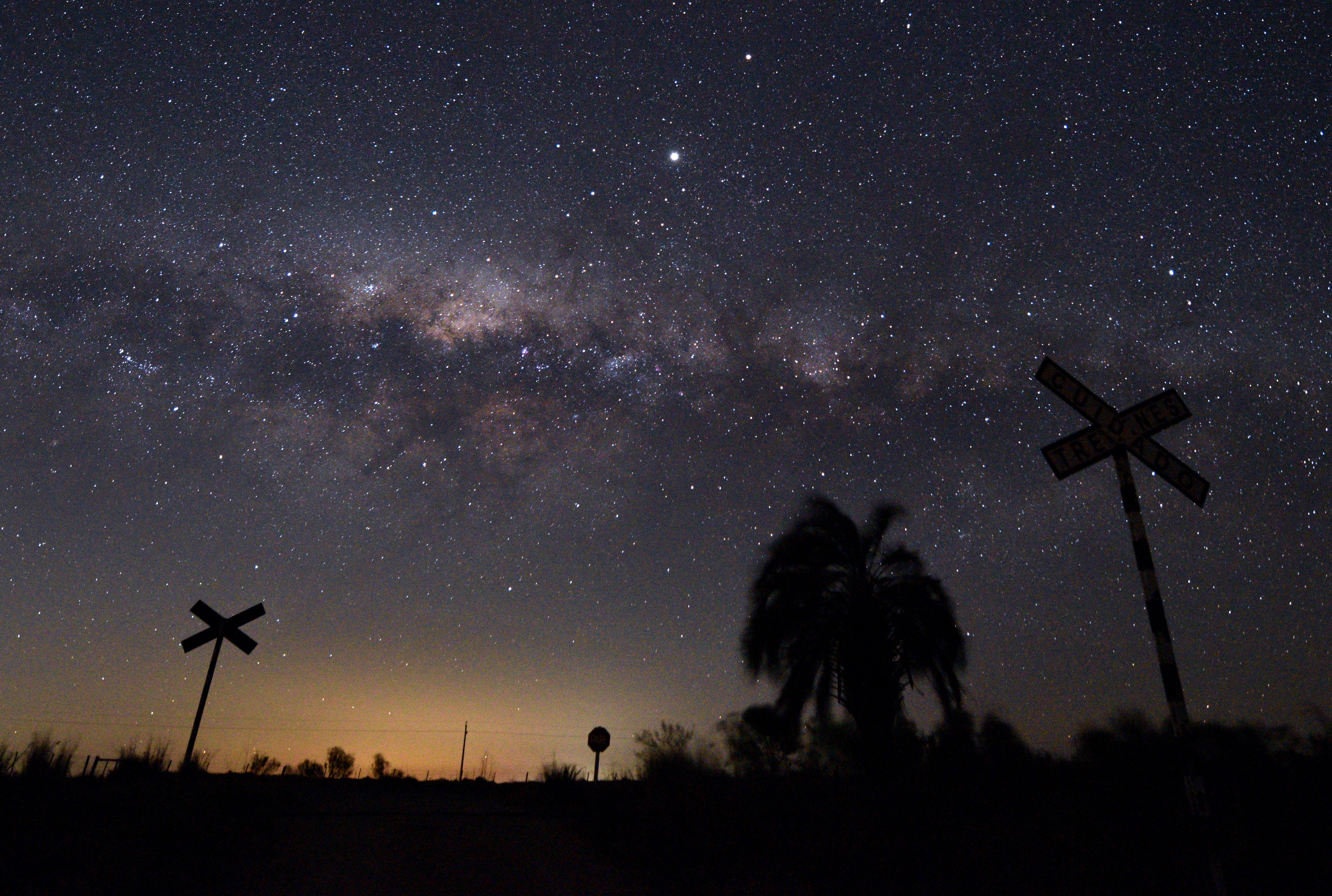Scientists reveal how the solar system may end
‘The sad news is that the Earth will probably just be swallowed up by an expanding Sun,’ scientist says

Our solar system could end with its planets being crushed and eaten by the Sun when it dies, a new study suggests.
The inner planets, Mercury and Venus, will almost certainly be engulfed by the Sun. Other objects within the solar system, such as Jupiter’s moons, could be thrown out and shredded.
But the fate of Earth remains slightly more unknown. We might be eaten by our dying star or left as an uninhabitable hellscape, scientists say.
“Whether or not the Earth can just move out fast enough before the Sun can catch up and burn it is not clear, but [if it does] the Earth would [still] lose its atmosphere and ocean and not be a very nice place to live,” said Boris Gaensicke, of the University of Warwick.
Professor Gaensicke is part of a team of authors of a new paper that looked at what happened in other planetary systems, like our own, when their host stars died and became white dwarfs. It offers a hint at what will happen when our own solar system comes to an end, in five billion years or so.
They did so by watching “transits” on three very different distant stars, or the brief dips in brightness as objects pass in front of them. Those can be used to work out the nature of objects around those stars, and so can be used to find out what happens to debris around a white dwarf.
“The simple fact that we can detect the debris of asteroids, maybe moons or even planets whizzing around a white dwarf every couple of hours is quite mind-blowing, but our study shows that the behaviour of these systems can evolve rapidly, in a matter of a few years,” said Professor Gaensicke.
“While we think we are on the right path in our studies, the fate of these systems is far more complex than we could have ever imagined.”
Some of our planetary neighbours may suffer slightly less dramatic fates. Mars and the four gas giants of Jupiter, Saturn, Uranus and Neptune would be left orbiting around a white dwarf.
Their smaller moons and any asteroids would be ground into dust and then fall into the dead star, researchers predict.
“The sad news is that the Earth will probably just be swallowed up by an expanding Sun, before it becomes a white dwarf,” said Professor Gaensicke.
“For the rest of the solar system, some of the asteroids located between Mars and Jupiter, and maybe some of the moons of Jupiter may get dislodged and travel close enough to the eventual white dwarf to undergo the shredding process we have investigated.”
The work is reported in a new study, ‘Long-term variability in debris transiting white dwarfs’, published in the journal Monthly Notices of the Royal Astronomical Society.
Join our commenting forum
Join thought-provoking conversations, follow other Independent readers and see their replies
Comments
Bookmark popover
Removed from bookmarks